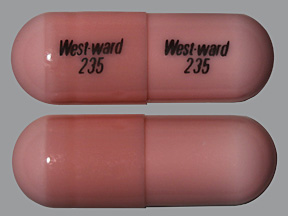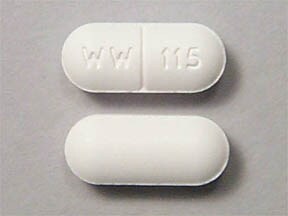

To report SUSPECTED ADVERSE REACTIONS, contact LGM Pharma Solutions at 1-87 or FDA at 1-80 or voluntary reporting of adverse reactions.īarbiturates may be habit-forming: Tolerance, psychological dependence, and physical dependence may occur especially following prolonged use of high doses of barbiturates. Potential effects of high dosage are listed in the OVERDOSAGE section.Īcetaminophen: allergic reactions, rash, thrombocytopenia, agranulocytosis.Ĭaffeine: cardiac stimulation, irritability, tremor, dependence, nephrotoxicity, hyperglycemia.

The following adverse drug events may be borne in mind as potential effects of the components of this product.

Several cases of dermatological reactions, including toxic epidermal necrolysis and erythema multiforme, have been reported. Miscellaneous: pruritus, fever, earache, nasal congestion, tinnitus, euphoria, allergic reactions. Musculoskeletal: leg pain, muscle fatigue. Gastrointestinal: difficulty swallowing, heartburn, flatulence, constipation. Mental confusion, excitement, or depression can also occur due to intolerance, particularly in elderly or debilitated patients, or due to overdosage of butalbital.Īutonomic Nervous System: dry mouth, hyperhidrosis. The most frequently reported adverse reactions are drowsiness, lightheadedness, dizziness, sedation, shortness of breath, nausea, vomiting, abdominal pain, and intoxicated feeling.Īll adverse events tabulated below are classified as infrequent.Ĭentral Nervous System: headache, shaky feeling, tingling, agitation, fainting, fatigue, heavy eyelids, high energy, hot spells, numbness, sluggishness, seizure. Of the 70% of the dose that is recovered in the urine, only 3% is unchanged drug. Hepatic biotransformation prior to excretion results in about equal amounts of 1-methylxanthine and 1-methyluric acid. Like most xanthines, caffeine is rapidly absorbed and distributed in all body tissues and fluids, including the CNS, fetal tissues, and breast milk.Ĭaffeine is cleared through metabolism and excretion in the urine. Approximately 85% of an oral dose appears in the urine within 24 hours of administration, most as the glucuronide conjugate, with small amounts of other conjugates and unchanged drug. Elimination of acetaminophen is principally by liver metabolism (conjugation) and subsequent renal excretion of metabolites. The plasma half-life is 1.25 to 3 hours, but may be increased by liver damage and following overdosage. The plasma-to-blood concentration ratio was almost unity, indicating that there is no preferential distribution of butalbital into either plasma or blood cells.Īcetaminophen is rapidly absorbed from the gastrointestinal tract and is distributed throughout most body tissues. This falls within the range of plasma protein binding (20%-45%) reported with other barbiturates such as phenobarbital, pentobarbital, and secobarbital sodium. The in vitro plasma protein binding of butalbital is 45% over the concentration range of 0.5-20 mcg/mL. Of the material excreted in the urine, 32% is conjugated. Urinary excretion products include parent drug (about 3.6% of the dose), 5-isobutyl-5-(2, 3-dihydroxypropyl) barbituric acid (about 24% of the dose), 5-allyl-5(3-hydroxy-2-methyl-1-propyl) barbituric acid (about 4.8% of the dose), products with the barbituric acid ring hydrolyzed with excretion of urea (about 14% of the dose), as well as unidentified materials. They are bound to plasma and tissue proteins to a varying degree and binding increases directly as a function of lipid solubility.Įlimination of butalbital is primarily via the kidney (59% to 88% of the dose) as unchanged drug or metabolites. Barbiturates in general may appear in breast milk and readily cross the placental barrier. The behavior of the individual components is described below.īutalbital is well absorbed from the gastrointestinal tract and is expected to distribute to most tissues in the body.


 0 kommentar(er)
0 kommentar(er)
